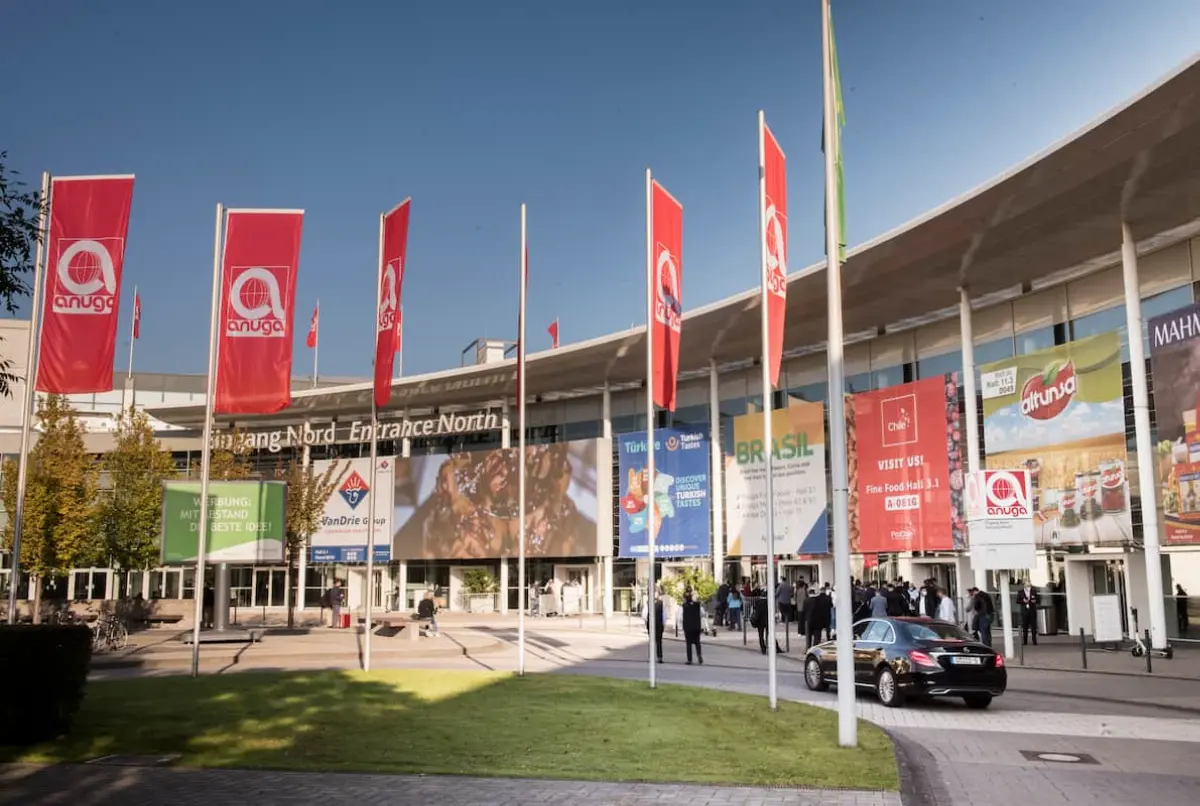
Anuga prepares for "Meat" from Oct. 7 in Koln
Until the 11th the "who's who" of the international meat industry: 800 exhibitors expected

Once again this year, from October 7 to 11, Anuga Meat will bring together the "who's who" of the international meat industry in Koln. There are currently about 600 exhibiting companies at Anuga's specialized trade show for meat, sausage and poultry; however, a total of more than 800 producers in the meat and sausage segment are expected to be there by the start of the show.
In order to live up to consumer desires in terms of healthy eating, regionality, sustainability and animal welfare, vegan and vegetarian alternatives to meat and high-protein plant-based substitutes will also be on display at the next edition of Anuga Meat, in addition to meat, sausages and poultry: the latter will be presented in particular in the special exhibition "Meet more Meatless".
Major exhibitors in the upcoming edition include Bell, Beyond Meat, Bigard, BRF, Campofrio, Cris-Tim, CPF, ElPozo, Grupo Vall Companys, Inalca, JBS, Lamex, LDC, Noel, Tönnies, Tyson, VanDrie, Vion, Westfleisch, Wiesenhof and others. Important European group shows coming from Belgium, France, Britain, Italy, the Netherlands and Spain. With Argentina, Brazil, Paraguay and Uruguay, the South American continent will also be represented.
Notable collectives include Associação Brasileira das Indústrias Exportadoras de Carnes (Abiec), Associação Brasileira de Proteína Animal (ABPA), German Meat, Meat and Livestock Australia (MLA), Instituto Nacional de Carnes (INAC) and Instituto de la Promoción de la Carne Vacuna Argentina (IPCVA). The collectives, an official press release points out, "will exhibit the entire variety of meat production in the various stages of processing: from unprocessed meats, to meat preparations and convenience products, ending with the finest cured meats and regional specialties".
To make it easier for operators to visit, the various segments of Anuga Meat will be divided among the halls as follows: hall 5.2 cured meats, hall 6 red meat, and hall 9 poultry and red meat. "The high participation of exhibiting companies -the note emphasizes- shows that the international meat industry still assigns crucial importance to exports: of particular importance remains the opening of new potential markets". On the other hand, the world market is showing signs of growth and changes in consumer preferences: according to a statistic from Innova Market Insights, knowledge partner of the show, globally the meat industry is registering an average annual growth rate of 5.4 percent for new products.
New demands are also emerging in the meat category: consumers are paying close attention to the regionality and traceability of products and are increasingly confronted with issues such as animal welfare and animal protection. Ethical and environmental aspects registered a growth rate of 17%, followed by halal products with 14%. High protein content and demands regarding product origin also grew by 14%.
In terms of new markets, Vietnam is the fastest growing, with a 51% growth rate for new product placement, tailed by South Korea with a 38% rate over the same period. While Vietnam and South Korea flaunt breathtaking development, between july 2021 and june 2022 the United Kingdom, China, and Germany record the most activity with reference to product insertions: these three countries show market penetration of 19%, 14% and 13% respectively, a clear sign of a strong presence and consumer interest in meat products.
What about the future of meat substitutes? It is now a persistent trend: the abundance of plant-based alternatives and/or meat substitutes intended to also serve the growing market of so-called flexitarians. According to a 2021 consumer survey, consumers show greater openness to new technologies after seeing where plant-based innovations have led (41%).
The motivations behind reduced meat consumption generally align with those driving vegetarians to give up meat altogether: a mix of health and environmental reasons, combined with resource conservation. This trend stimulates meat departments to gradually transform into protein departments, which also offer alternative protein sources made from soy, wheat, peas and more.
EFA News - European Food Agency